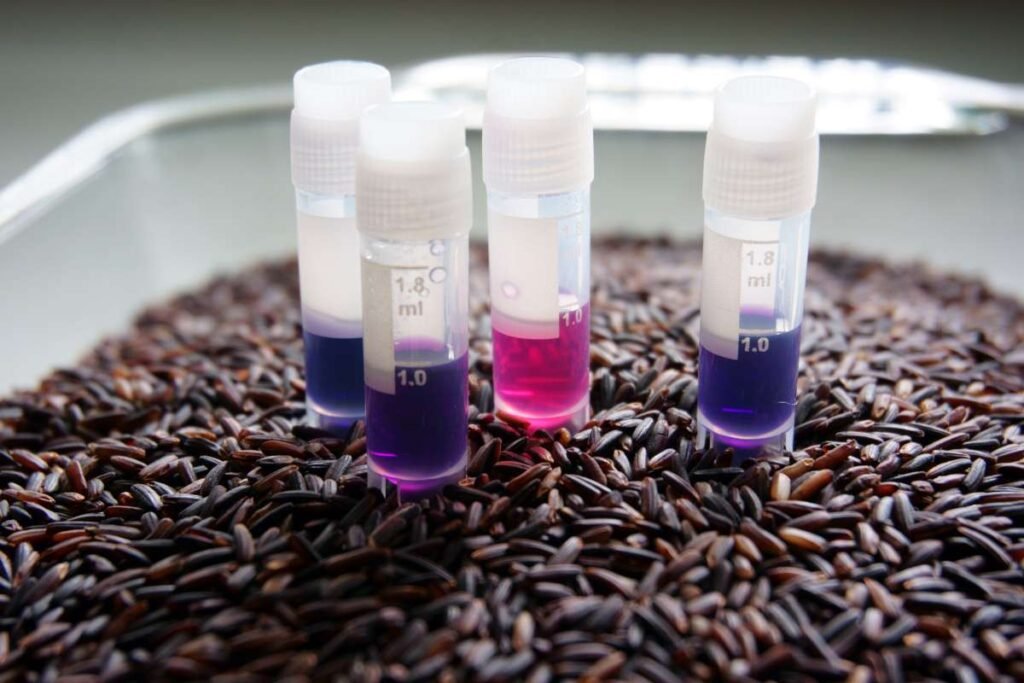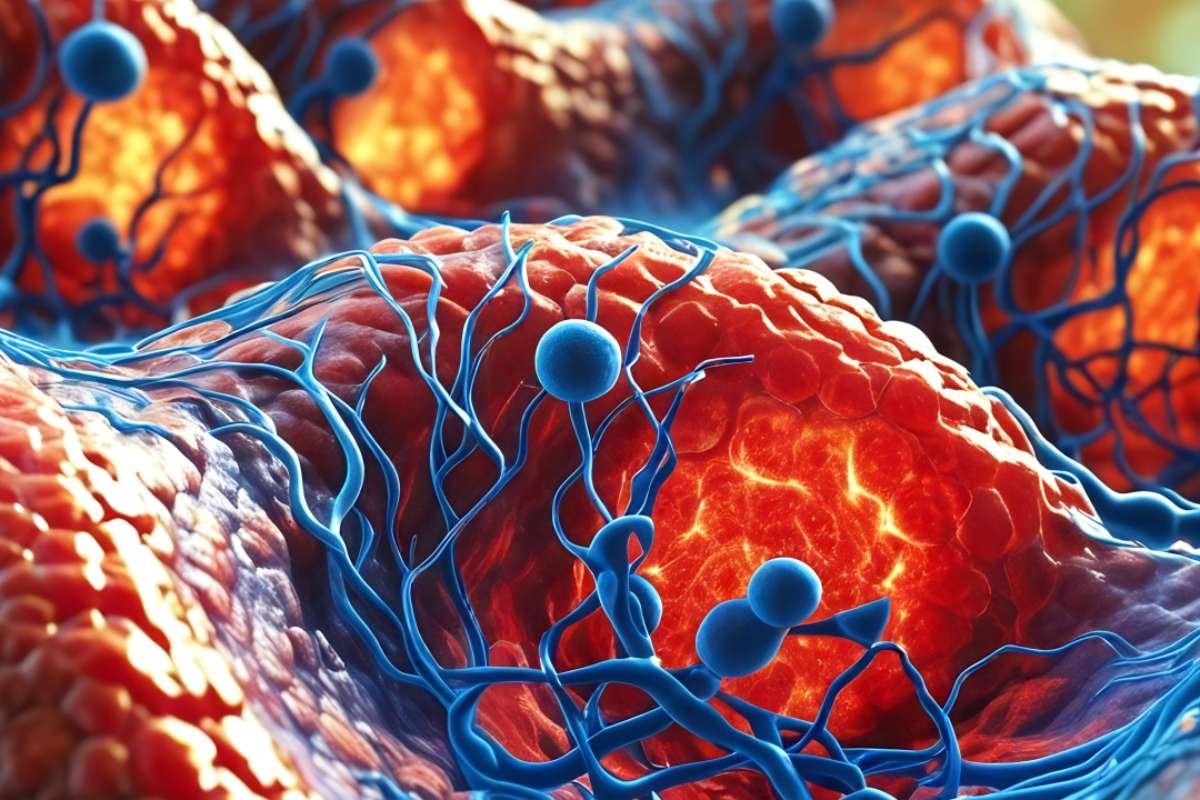While blueberries are often praised as a top-tier superfood, especially for their antioxidant benefits, they aren’t the only source of a powerful plant pigment known as Anthocyanin-Rich Foods . These natural compounds give many fruits and vegetables their deep red, purple, or blue hues, while also offering anti-inflammatory and disease-fighting properties. Nutritionists now recommend expanding your plate with other anthocyanin-rich options that may even surpass blueberries in content.
Anthocyanin-Rich Foods are responsible for more than just color—they support heart health, reduce inflammation, and may help combat chronic diseases. Although cultivated blueberries c contain 80–160 milligrams of anthocyanins per 100 grams, other foods offer even higher levels. It’s important to note that the exact amount of anthocyanins can vary based on factors like growing conditions, climate, and processing methods. Still, a range of fruits and grains consistently shows high concentrations, making them excellent additions to a balanced diet.
Five Anthocyanin-Rich Foods to Add to Your Diet
1. Blackberries
With their dark color, blackberries offer an impressive concentration of anthocyanins, averaging between 100–138 milligrams per 100 grams. Dietitian Alison Ellis explains that these berries often rival or exceed blueberries in antioxidant power. In addition to their pigment content, blackberries provide nearly twice as much fiber as blueberries, making them a valuable choice for gut and heart health. They’re a versatile fruit that can be added to salads, oatmeal, or even toast.
2. Black Currants
Black currants are small, tart berries that contain 113–158 milligrams of anthocyanins per 100 grams. Though less commonly found in American grocery stores, they are frequently used in jams, desserts, and beverages. Dietitian Bess Berger refers to them as a “super berry,” highlighting their heart-supporting and oxidative stress-fighting abilities. A spoonful of black currant jam could be a flavorful way to enhance your antioxidant intake.
3. Cherries
Sweet or black cherries are another anthocyanin-rich option, packing around 169 milligrams per 100 grams. Besides their antioxidant profile, cherries are also rich in vitamin C and fiber. Their natural anti-inflammatory benefits make them ideal for snack, or as a vibrant addition to dishes like cherry-almond farro salad.
4. Elderberries
Topping the list in anthocyanin content, elderberries boast as much as 485 milligrams per 100 grams. However, they should never be eaten raw due to toxicity concerns. Instead, elderberries are often consumed as syrups, teas, or supplements to support immune health. A homemade elderberry syrup can be a potent addition to beverages or wellness routines.
5. Black Rice
Anthocyanins aren’t exclusive to fruits—black rice, or “forbidden rice,” is another excellent source, containing around 456 milligrams per 100 grams. Nutritionist Kristin Harvey notes that the pigment resides in the rice’s outer layer. Black rice is also rich in fiber, iron, and essential minerals, making it a nutritious base for grain bowls, stir-fries, or seafood dishes.
A Colorful Strategy for Better Health
While blueberries remain a staple in many healthy diets, incorporating other anthocyanin-rich foods can boost your nutritional variety and antioxidant intake. From the deep purples of black rice and elderberries to the vibrant reds of cherries and currants, these foods offer both visual appeal and science-backed health benefits. As dietitians suggest, diversifying your sources of anthocyanins may lead to better long-term health and a more colorful plate.










